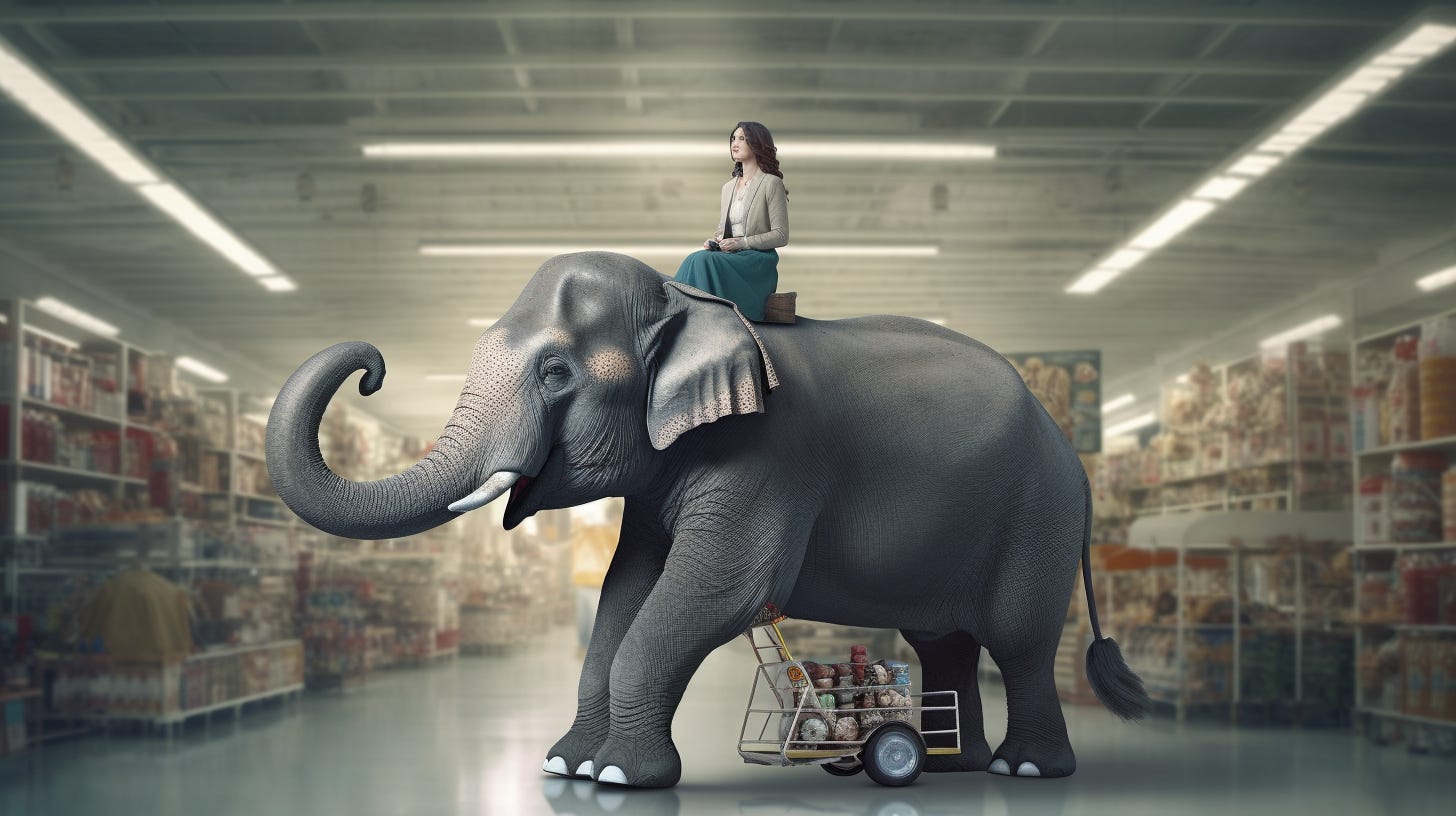India's Food Market: A Feast of Opportunities
India is set to become the world's most populous country by 2023, with an expected annual population addition of around 13 million people. This rapid growth, coupled with increasing urbanization and a young, aspirational population, is driving significant changes in the Indian food market. In this blog, we'll explore the various factors that are shaping this exciting market and the opportunities it presents for businesses and consumers alike.
Smaller Households, Bigger Opportunities
As India's population grows, the average household size is actually decreasing, from 5.5 persons in 1999 to 4.4 persons in 2020. This shift has significant implications for the retail market, particularly for food and other products. Indian consumers are increasingly seeking better quality products and experiences, and businesses that can cater to these aspirations will find success in this growing market.
Quality and Hygiene: A Premium Worth Paying
Indian consumers are also placing a higher premium on food hygiene and quality, seeking out brands that promise a wholesome, nutritious, and tasty experience. This shift is driven by growing awareness of food safety and an increasing preference for a feel-good factor in the food they consume.
The Millennial-driven Market
India's demographic advantage is marked by a large, young population with higher disposable incomes and spending power. More than 46% of the population is below the age of 25, with an average age of 29. This millennial-driven market is fueling demand for better food experiences and innovative products.
The Shift Towards Organised Food Services
The market share of India's unorganised food services segment has been declining as the market grows, with a shift towards better ingredient integrity. This is accompanied by the rise of cloud kitchens and an increase in delivery orders as the food services landscape continues to evolve.
Urbanisation and Convenience Shopping
India's urbanisation is adding around 10 million people to its urban clusters each year, with 46% expected to live in cities of over 1 million people by 2025. This shift is driving the growth of convenience shopping, with e-commerce expected to contribute around 4% to the total food and grocery retail by 2025, up from 0.5% in FY2019-20. The Indian digital economy is set to generate USD 1 trillion in value by 2025, steering the growth of the FMCG sector.
Wellness and Health Foods on the Rise
Indian consumers are increasingly focusing on wellness, with health-focused foods and beverages expected to grow into a market size of USD 30 billion in five years. Per capita spending on health foods in India is expected to double by 2026, making it the fastest-growing health food market.
A Growing Middle-Class Market
India's middle-class population, currently at around 400 million people, accounts for a spending share of over 70%. With nearly 55% of the population expected to join the middle-class by 2025, businesses can tap into a vast market with significant spending power.
Smaller Packs, Wider Reach
The introduction of smaller pack sizes at low prices has expanded the market for health foods, as more consumers can now access these products. Additionally, there is a shift towards purchasing ready-made items, premium snack items, and enriched, organic, or luxury versions of staple foods.
A Booming FMCG and Processed Food Market
India's FMCG market is expected to grow at a CAGR of 14.9%, reaching USD 220 billion by 2025. Similarly, the Indian processed food market is set to grow from USD 263 billion in 2019-20 to USD 470 billion by 2025.
In conclusion, India's food market is brimming with opportunities, driven by a growing population, increasing urbanisation, and a young, aspirational demographic. Businesses that can cater to these changing preferences and offer quality, convenience, and innovation will find a veritable feast of opportunities in this exciting market.





